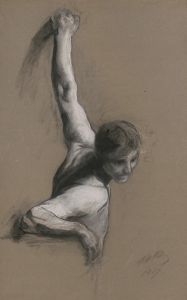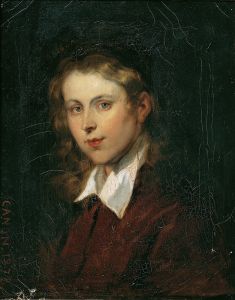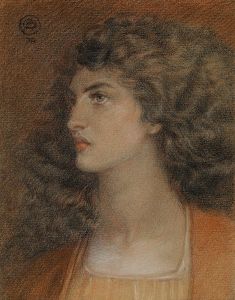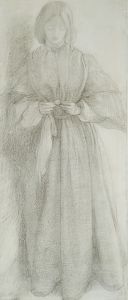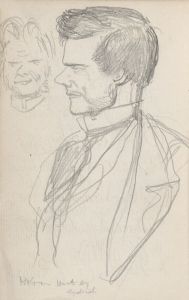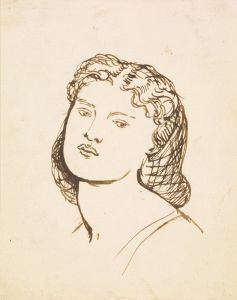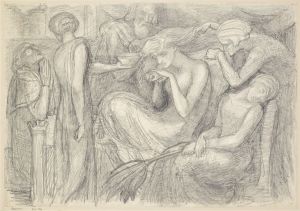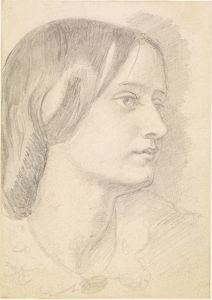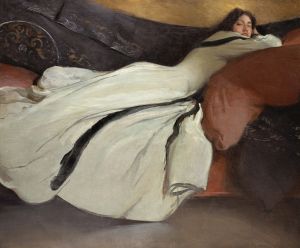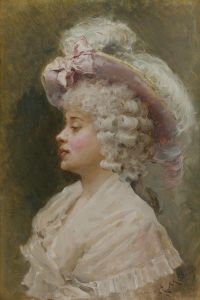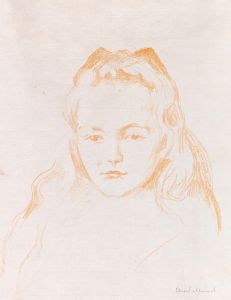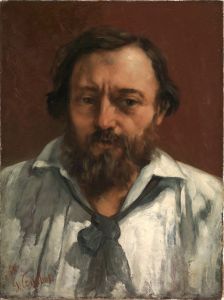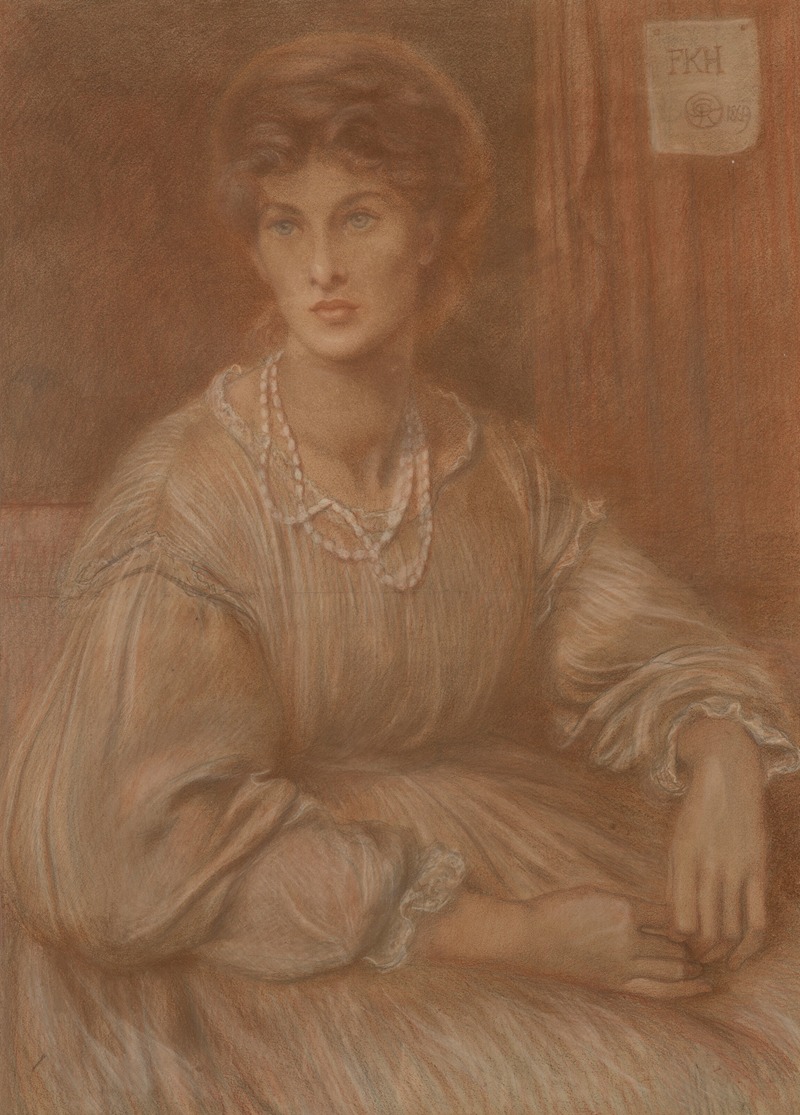
Portrait of Mrs Charles Howell
A hand-painted replica of Dante Gabriel Rossetti’s masterpiece Portrait of Mrs Charles Howell, meticulously crafted by professional artists to capture the true essence of the original. Each piece is created with museum-quality canvas and rare mineral pigments, carefully painted by experienced artists with delicate brushstrokes and rich, layered colors to perfectly recreate the texture of the original artwork. Unlike machine-printed reproductions, this hand-painted version brings the painting to life, infused with the artist’s emotions and skill in every stroke. Whether for personal collection or home decoration, it instantly elevates the artistic atmosphere of any space.
The Portrait of Mrs. Charles Howell is a painting by the British Pre-Raphaelite artist Dante Gabriel Rossetti. Created in 1873, the work depicts Alice Howell, the wife of Charles Augustus Howell, who was a close associate of Rossetti and a controversial figure in the Victorian art world. The painting is an example of Rossetti's characteristic style, which often combined idealized beauty with rich, symbolic detail.
Alice Howell is portrayed in a half-length format, wearing a dark, elegant dress with a high collar. Her auburn hair is styled in loose waves, and her expression is calm and introspective. The background of the painting is relatively plain, focusing attention on the sitter. Rossetti's use of color and texture emphasizes the luminosity of her skin and the richness of her hair, hallmarks of his portraiture. The work reflects Rossetti's fascination with female beauty and his ability to capture a sense of individuality in his subjects.
Charles Augustus Howell, Alice's husband, was a Portuguese-born art dealer and collector who played a significant role in the careers of several Pre-Raphaelite artists, including Rossetti. However, Howell's reputation was marred by allegations of dishonesty and manipulation, which have cast a shadow over his legacy. Despite this, his connection to Rossetti and the Pre-Raphaelite Brotherhood remains an important aspect of Victorian art history.
The Portrait of Mrs. Charles Howell is notable for its simplicity compared to some of Rossetti's more elaborate works. It lacks the overt symbolism and mythological references often found in his other paintings, focusing instead on the sitter's natural beauty and presence. This makes the work a more intimate and personal piece within Rossetti's oeuvre.
The painting is currently held in a private collection, and its public exhibitions have been limited. As a result, it is less well-known than some of Rossetti's other works, such as Beata Beatrix or Proserpine. Nonetheless, it remains an important example of his portraiture and his ability to convey both physical beauty and emotional depth.
Rossetti's artistic legacy continues to be celebrated for its influence on the Pre-Raphaelite movement and its enduring impact on Victorian art. The Portrait of Mrs. Charles Howell serves as a testament to his skill as a portraitist and his ability to capture the essence of his subjects with sensitivity and grace.





